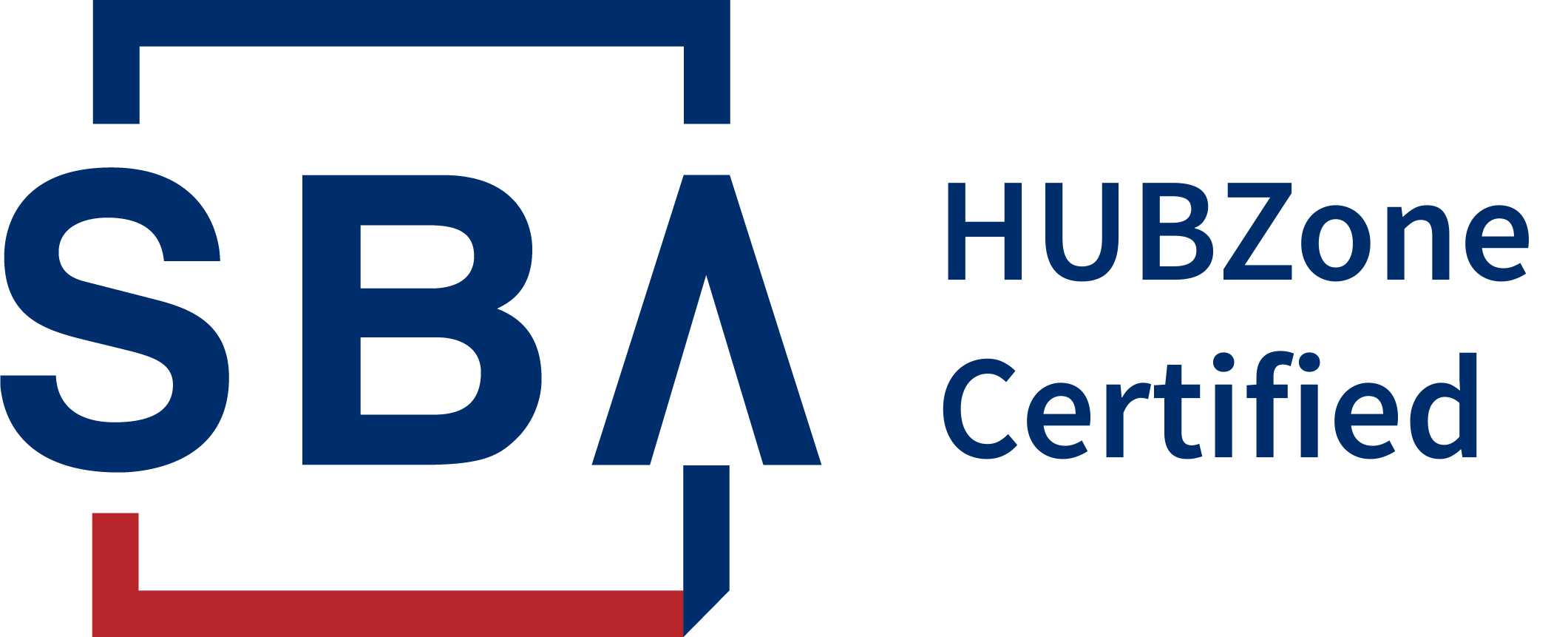RFID Integration
What if your digital thread could extend to your physical assets and expand into your inventory, stock rooms, tool cribs, and storefront shelves?
The future is here.
Maximize Digital Transformation with PLM with RFID Integration
The practical possibilities are endless.
Integrating Product Lifecycle Management (PLM) software with Radio Frequency Identification (RFID) asset-management software transforms the tracking and management of raw materials, components, and finished products. Our expertise uncovers new levels of efficiency, visibility, and
inventory management, optimizing your entire value chain.
- Real-Time Tracking and Visibility: Gain immediate insights into the location and status of raw materials, components, and finished products throughout the manufacturing process.
- Enhanced Inventory Management: Improve inventory accuracy, reduce overstock and stockouts, and streamline logistics with precise, up-to-date information.
- Increased Operational Efficiency: Automate data capture and reduce manual entry, minimizing errors and freeing up employees to focus on higher-value tasks.
- Improved Production and Assembly: Quickly locate parts and equipment on the factory floor, reducing downtime and speeding up the production process.
- Faster Product Development: Accelerate the iteration and launch of new products by seamlessly connecting service and support data back to the PLM system, enabling continuous improvement.


Maximize Your Aras® Innovator PLM with RFID Integration
The practical possibilities are endless.
Integrating Product Lifecycle Management (PLM) software with Radio Frequency Identification (RFID) asset-management software can significantly enhance the tracking and management of raw materials, components, or finished products. These tags can then be read by RFID readers at various stages of the manufacturing process, providing real-time visibility into the location and status of items.


Eontes®’ custom applications for Aras can identify and leverage new areas of efficiency, visibility, and inventory management across your entire value chain.
- Production and assembly can be improved with tracking by identifying the exact location of parts and equipment.
- Manual data entry can be scaled back, reducing errors, and helping employees engage in higher-value tasks.
- Supply chain management can be streamlined with increased accuracy and data from retail and distribution to better manage inventory and logistics.
- Product design can iterate and launch more rapidly by connecting your service and support data back to your PLM.

Connecting Retail Insights
Digital Transformation for Retail and Manufacturing
- Support the entire product lifecycle from factory to distribution to store-level insight.
- Improve inventory accuracy on every item.
- Maximize your RFID investment to improve performance, insight, and scalability.
- Monitor inventory by item across your supply chain for more reliable tracking.
- Connect customer data to product development in real time through RFID tracking.
Enhance communication, visibility, and real-time asset management across your manufacturing operation.
While PLM software manages the lifecycle of a product from conception to disposal, RFID asset management can use tags to track physical assets such as parts, equipment, and assembly instructions. By integrating these two systems, organizations can find practical efficiencies and enhanced accuracy across manufacturing partners and locations. Reduce loss and empower your production team with accurate and easy-to-access information.
RFID Asset Tracking for Manufacturing Efficiency
- Real-Time Location Systems
- RFID tagging for parts, manuals, and equipment
- Log parts and locations in your PLM

Connect Your PLM to Supply Chain Data
For many manufacturers, new opportunities exist to expand the digital thread into retail, service, and support. The supply chain is rich with data, but connected technology is required to harvest the insights and increase logistical accuracy related to volume, replenishment, and shipping. Supply chain predictability can be achieved through the use of RFID integration and true Business Intelligence to lower inventory, create swifter and more efficient replenishment, and even reduce the incidence of warranty claims and repairs.
Eontes has the experience and capabilities to connect these insights with your existing technology to improve operational efficiency without the cumbersome change management of implementing new software systems.

Increase Your Speed to Market by Connecting Customer Data to the Design Process
Circulate your inventory data back to the early parts of the supply chain and communicate design-improvement opportunities to the product team faster. Connect to your PLM to receive data on quality, warranty, repair, and customer preference to ignite advanced digital transformation solutions that improve speed to market.
Benefits of Connecting Product Lifecycle Management (PLM) Software to Supply Chain Data:
- Enhanced Visibility: Integrate PLM with supply chain data to obtain a comprehensive view of the product lifecycle, enabling better decision-making and understanding of the interdependencies between different lifecycle stages.
- Improved Collaboration: Foster better collaboration among various teams involved in the product lifecycle by integrating PLM with supply chain data. This integration allows design, procurement, and manufacturing teams to work closely together to ensure the feasibility and cost-effectiveness of designs.
- Streamlined Processes: Automate data transfer between PLM and supply chain systems to streamline processes, reducing manual data entry requirements and minimizing the risk of errors.
- Better Risk Management: Connect PLM to supply chain data to enhance risk management throughout the product lifecycle. Early identification of potential supply chain disruptions enables proactive measures to effectively mitigate risks.
- Improved Product Quality: Enhance product quality by ensuring all stakeholders have access to up-to-date information about the product and its components through integration. Early identification and resolution of quality issues contributes to improved product quality.
- Optimized Inventory Management: Integrate PLM with supply chain data to optimize inventory management, ensuring the right amount of inventory is available at the right time. This optimization reduces costs associated with excess inventory or stockouts.
Ultimately, integrating PLM with supply chain data results in creating more value for customers. Organizations can better meet customer expectations by streamlining processes, improving product quality, and ensuring timely delivery.



